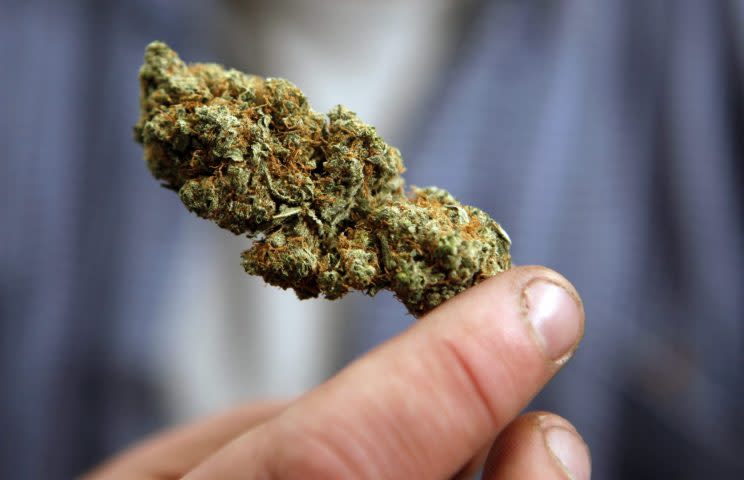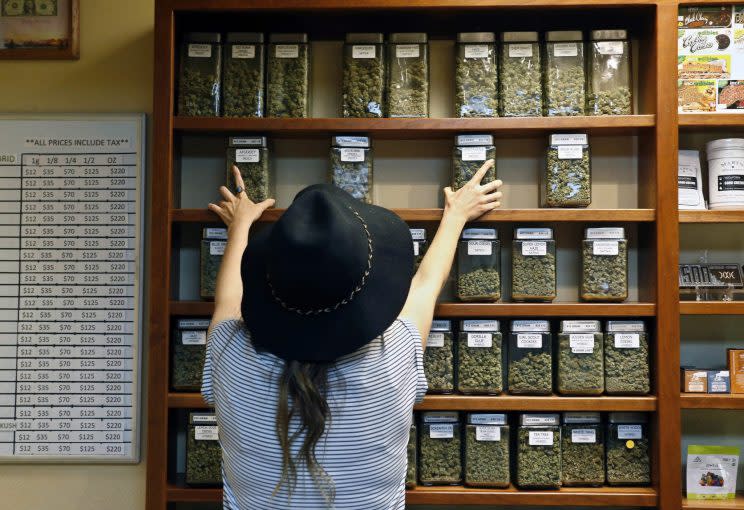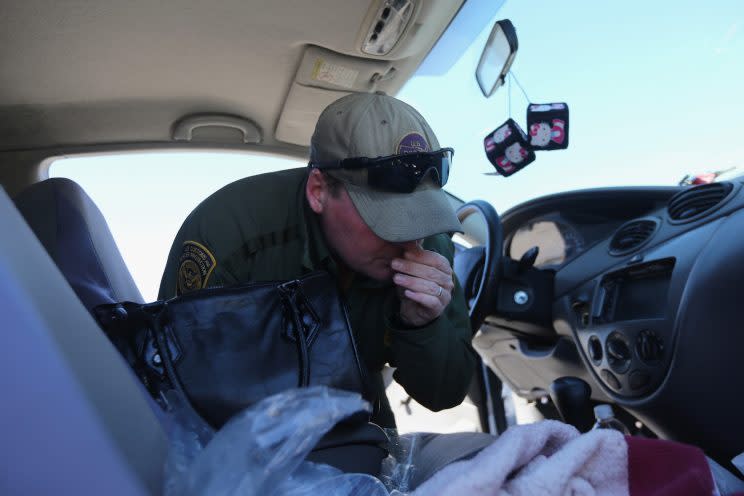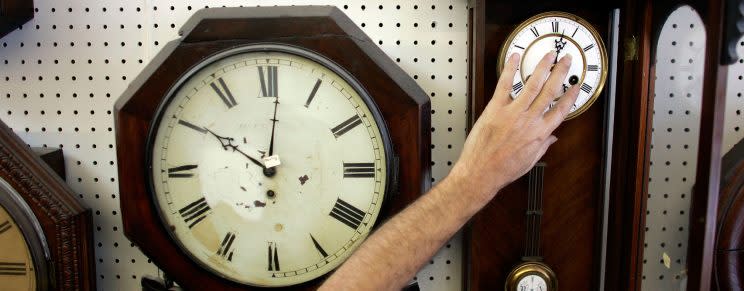What the feds' pot report means for the legal age, where to buy, and how to prevent driving while high

Canadians got a peek at the federal government’s roadmap to legalizing recreational pot on Tuesday with the public release of its pot task force’s report. The recommendations include selling pot at store fronts and by mail, making 18 the legal age for consumption, and allowing Canadians to grow pot at home and carry up to 30 grams.
The Liberals are expected to table their legalization bill in spring 2017, though it’s unclear when it would ultimately take effect. The report contains the recommendations of the task force appointed by the Liberals, but the government is not obligated to accept or reject any of them.
So though the report leaves a clearer picture of which paths the federal government may take in legalizing marijuana for the first time since 1923, there are still many questions to be answered — and some recommendations in the report that interested parties in the country are likely to counter.
Age of legal use

The task force report recommends 18 as the legal age for pot. That age is a source of some concern for Ian Culbert, executive director of the Canadian Public Health Association, which recommends 19 as the legal minimum age for marijuana, as well as alcohol use.
“There is good research to show that that one year makes a lot of difference when it comes to decision making and choices that young people make,” Culbert told Yahoo Canada News.
Some have called for the age to be even higher. In its submission to the task force, Ottawa Public Health recommended 25 as the minimum legal age for purchase, citing research showing that early use of pot can affect brain development. But that research is on adolescents with heavy daily use of marijuana, Culbert said.
“You’re talking about kid who are getting stoned every day. Obviously that’s going to have a huge impact on the developing brain,” he said. “But that’s not the situation in most cases.”
American states that legalized pot have generally gone with 21 as the cut off, the same age for alcohol purchase and consumption. Individual provinces and territories may decide to match the legal age for marijuana with their legal age for alcohol, or make it even higher, but Culbert said there are downsides to setting the legal age far above the teen years.
“If you put the age of consumption too high you’re just driving them back into the illegal market, which to a certain extend undermines the whole purpose of legalization,” he said.
How pot will be sold

There are currently 36 legal distributors for medical marijuana in Canada, who sell by mail delivery. As of this summer those with a licence for medical marijuana can either grow a small number of plants for personal use or designate someone else as their grower. Dispensaries have popped up in cities across Canada and police have taken a variety of approaches to dealing with them, from raiding them in Toronto to creating a licensing framework for their existence in Vancouver. And Shoppers Drug Mart has formally applied to distribute medical marijuana.
The task force recommends marijuana be sold through both mail and storefronts, though it also recommends against selling recreational pot at the same locations as alcohol — an option being discussed in Ontario and Quebec. But ultimately the task force recommends the decision be left to the individual provinces and territories, which means that sales for recreational pot — just as for alcohol — could be different across the country.
Culbert would like to see recreational marijuana sold by mail, as medical marijuana currently is, because it would make use of an existing system that requires some foresight and planning before purchase. But either way he hopes that commercial interests will not be retailing marijuana because of the potential consequences for public health.
“The important piece that I don’t think is addressed is, who can be selling the cannabis in retail operations,” Culbert said. “It’s very important from our perspective that commercial interests aren’t involved directly in sales. The growers can grow and process, but they shouldn’t be sellers.”
Marijuana and impaired driving

Blood alcohol level, a key method to test alcohol impairment, isn’t going to work for marijuana, Culbert said. Marijuana can show up in the blood for days or weeks after its use. Dealing with the issue of impaired driving post-legalization is going to require planning and foresight, he said.
“We have to do a lot of prep work as far as education goes, and we have to ramp up law enforcement agencies to be able to implement proper roadside sobriety tests,” Culbert said.
The task force report calls for all levels of government to “send a clear message to Canadians that cannabis causes impairment and that the best way to avoid driving impaired is to not consume.” It also recommends government investment in research on setting THC limits for impaired driving, but did not come to specific conclusions on how that should be determined.
Wait and see

Ultimately, the task force recommendations may or may not make their way into the bill the federal government is expected to table in the spring. And though the Liberal government has the majority required to pass a bill, it will still be subject to debate in the House of Commons and the approval of the Senate, which could recommend changes and delay the introduction of regulations.
“While they’ve promised legislation for spring 2017, that does not mean that’s when it becomes a legal product,” Culbert said.


